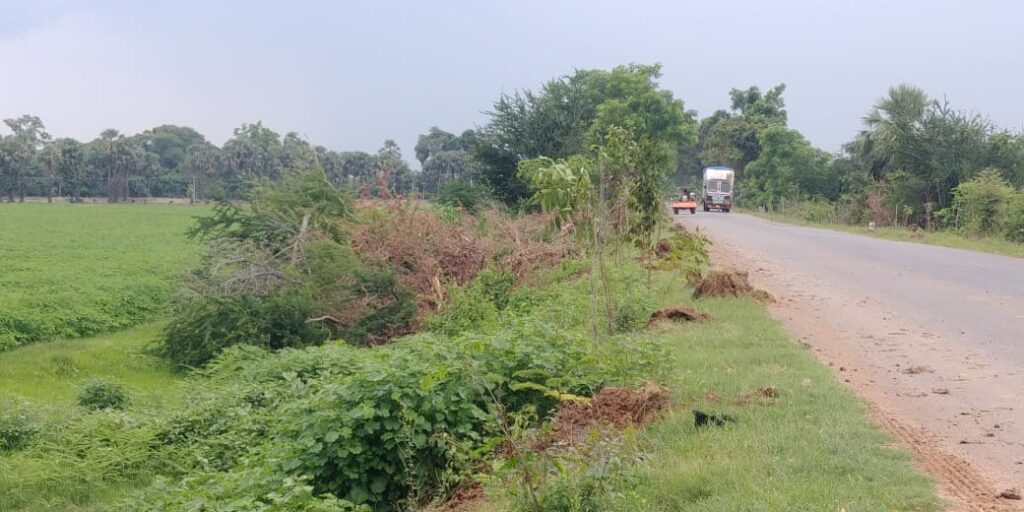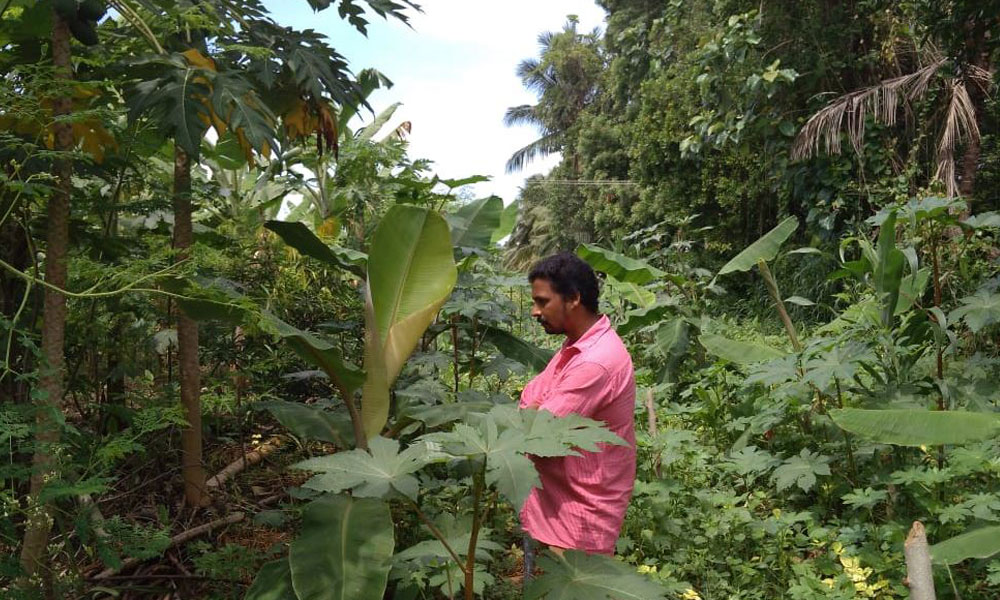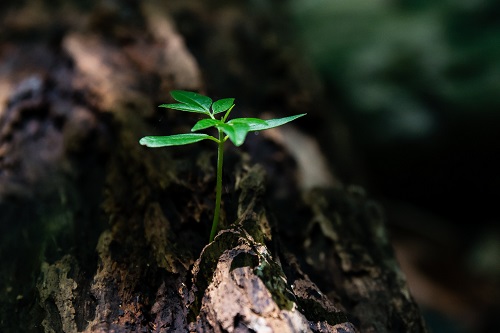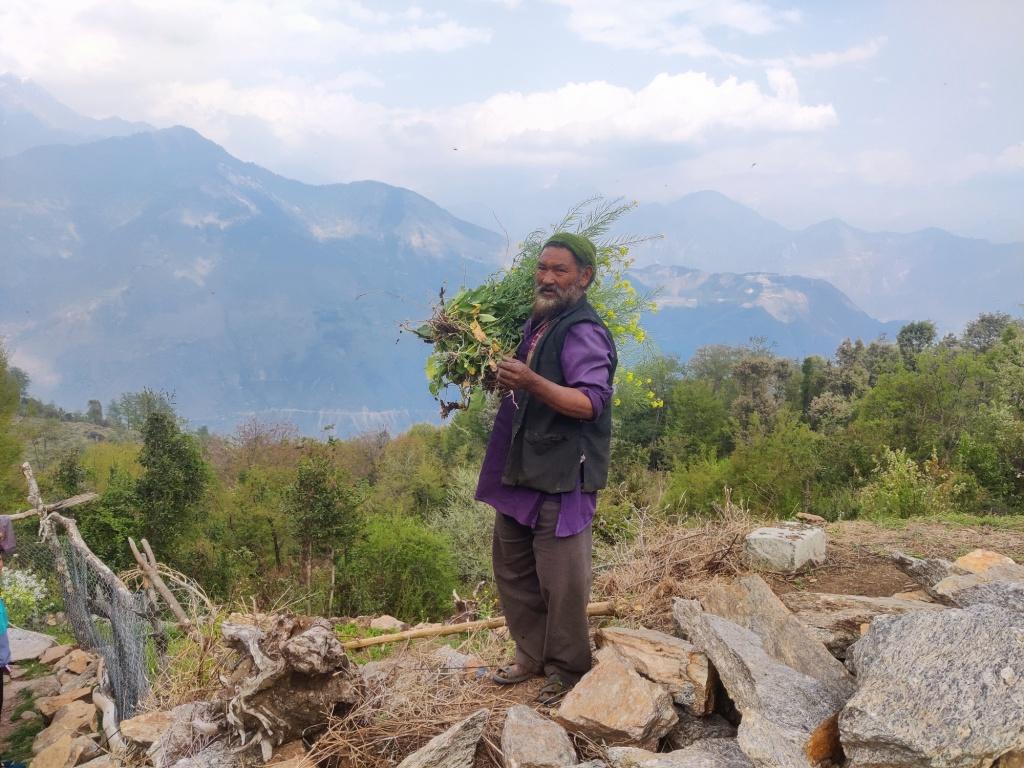(Story Inputs contributor: Naresh, farmer and green technology enthusiast)
Highlights:
- India is facing three key nutritional challenges in the form of stunting, anemia and overweight
- As per The National forest policy of India, 1988 envisages to achieve 33 percent of geographical area under forest coverage. So, approximately, India has to turn 201.931 square kilometers (approximately, 49.89 million acres) of land into green cover.
- India is the first country in the world who introduced agroforestry policy
- The timber imports have already crossed 3 million cubic meters in recent years
- Are we adding any value proposition to the massive plantation drives while utilizing huge resources?
According to the Global Nutrition Report, 2020, India is faceing three nutritional challenges in the form of stunting, anemia and overweight. 34.7 percent of children under 5 years of age are stunted, which is higher than the average Asian region (21.8). And 53 percent of women aged 15-49 are anaemic. It is a clear sign how India as a nation is missing the nutritional goals though it has the advantage of a young population. Rapid urbanization is another challenge while addressing nutritional problems.
The Forest survey of India estimated that 24.56 percent of total land in India is under tree cover, which accounts for 807,276 square Kilometers. The National forest policy of India, 1988 envisages to achieve 33 percent of geographical area under forest coverage. So, approximately, India has to turn 201.931 square kilometers (approximately, 49.89 million acres) of land into green cover.
Plant Tree; save planet! It is quite a popular notion among people to save the environment. It has been a proven method since generations. There are several interesting reports that claim the Amazon is a human made food forest developed by our ancient communities. It is absolutely unquestionable their contribution though when fundamentally they use photosynthesis to turn atmospheric carbon into vegetation.
From the last two decades, tree plantation drives drew policy-makers attention since community leaders, celebrities and mainstream media are becoming part of these campaigns. It is a great sign of how people’s aspirations turned into policies and actions. However one question remains uncertain is whether massive plantation drives are adding any further value proposition to society in terms of improving socio-economic contribution.
“Being a child, I still remember that I used to walk at least 2 kilometers to reach my school every day. It was really an adventurous journey as the route was covered by native vegetation such as gooseberries, Camachile (Pithecellobium dulce), tamarind and many more. These plants were decades old and have grown up wildly on both sides of the road. Probably most of the students in rural areas might have experienced the same memories though. However, in recent years, most of the native plantations have been removed and replaced by other non-edible plants.”

The centralized decision-making on plantation strategies are doing more harm to native vegetation rather increasing green cover. And the rise in population is causing more pressure on developing countries to while transferring existed forest for housing, industrial needs and encroachments etc. So, it is a critical time to revisit massive plantation models to address food security and green goals simultaneously.
India is the first country who introduced agroforestry policy in 2014. As per the National agroforestry policy, agroforestry is defined as a land use system which integrates trees and shrubs on farmlands and rural landscapes to enhance productivity, profitability, diversity and ecosystem sustainability. It is a wonderful opportunity for policy-makers to integrate agroforestry models with plantations. Here, the great advantage is that stakeholders, especially farmers are becoming part of afforestation programs. And they have income generating opportunities while growing forests while assuring food and nutritional security for the communities too.

As per an editorial of Invest India outlook, India is one of the largest timber importers from countries like Malaysia, Myanmar, Ghana, Ecuador, Costa Rica, Côte d’Ivoire, the Solomon Islands and Papua New Guinea. The timber imports have already crossed 3 million cubic meters in recent years. The timber industry is causing deforestation; and on the other side timber is a required material for many infrastructure projects too. Probably, we may need to accept that timber is a renewable material that comes from trees. However, we should make sure to balance the forest ecosystems while meeting timber requirements. So, there is a scope to fulfill the domestic timber requirement through plantation programs while utilizing spaces of road sides or available free spaces. The japanese model of cutting upper branches of trees for sustainable timber harvest is a win-win for both the environment and timber requirement. If village level governments own such initiatives, it will create an extra income source for community development too.
Another important factor to consider is animal welfare whether animals live inside the forest or with farmers. Animal husbandry is an integral part of the farming system, not a separate enterprise. Feed is mostly residual from crops, whereas cow/buffalo dung is important for manure. Livestock is a security asset to be sold in times of crisis. So, definitely plantation programs should assure food security for animals. Perhaps, the combination of livestock and plantation will also open the gates for decentralized bio gas production opportunities at community level.
The weather advantage of India is favorable for spice production. Despite the covid pandemic, India spice exporting business observed an upward trend. As per national spice board statistics, “the estimated export of spices/ spice products from the country during 2020-21 is 15,65,000 tons valued Rs.27193.20 crores (US $3624.76 million) against the 12,08,400 tons valued Rs.22062.80 crores (US $3110.63 million) of the previous financial year”. India is the largest spices producer, consumer and exporter while producing the 75 varieties of spices with established ecosystem and branding. So, new plantation programs should synergize the potential of spice production to meet at least local requirements
The attention of plantation drives should focus on creating green ecosystems rather than counting on the number of samples planted in an hour or day etc. Unfortunately, the media attention is also shifting towards mass plantation drive buzz. Ecosystems are the balanced spaces where different plants and other living species can lead sustainable life. These spaces will further create safer habitats for birds, animals and other living beings in nature.
The climate crisis is real and planting trees and afforestation is very much required. However, we shouldn’t miss the value proposition opportunities to address contemporary social challenges while spending huge resources on massive plantation drives. I, imagine a day where people prefer planting edible, fruit and timber plants to become part of green drives to achieve food justice and green targets hand in hand.
Featured photo: by David Alberto Carmona Coto from Pexels




